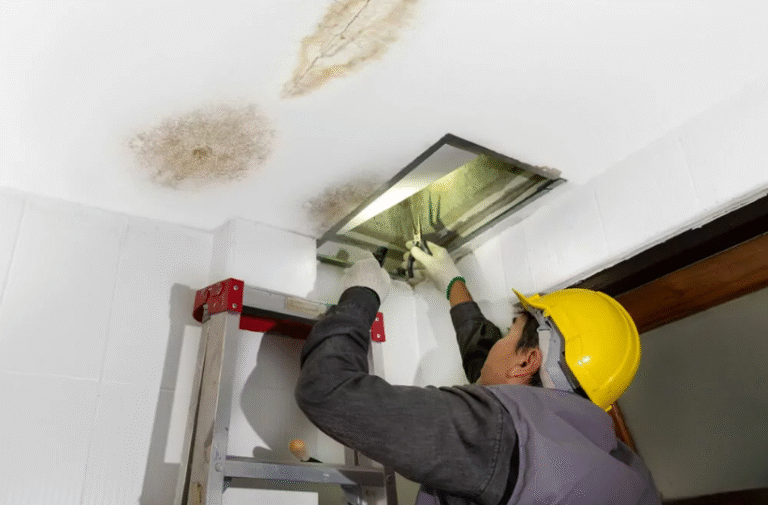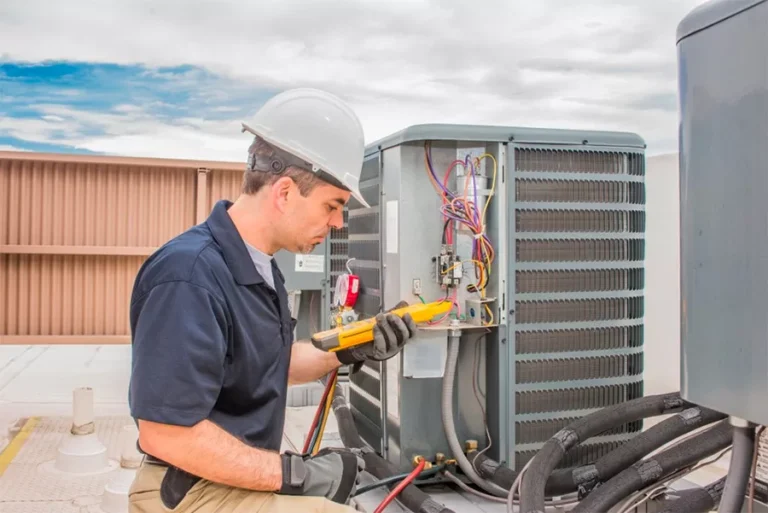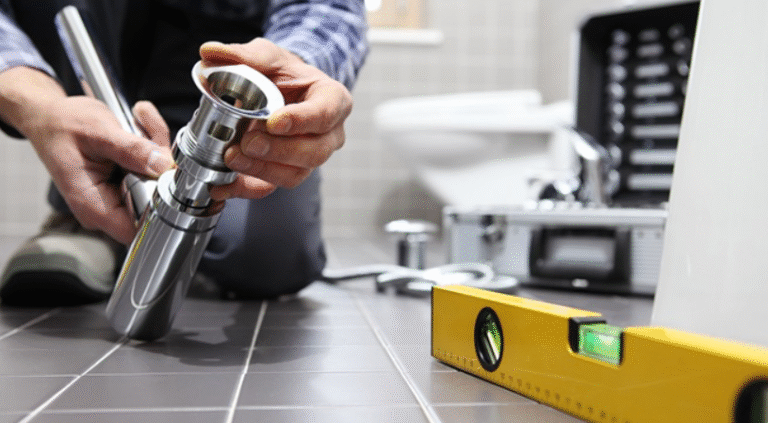Shield Your Shelter: Smart Ways to Protect Your Home’s Structure
Your home is more than just a place to sleep—it’s a valuable investment and your primary line of defense against the elements. The structure of your home—the foundation, walls, roof, and framing—plays a crucial role in keeping you safe and comfortable. But over time, even the sturdiest buildings can weaken if not properly cared for. Whether you’re a new homeowner or a seasoned property owner, protecting your home’s structural integrity should be a top priority. Here’s how to shield your shelter with smart, proactive strategies.
1. Start with the Foundation
The foundation is quite literally the base of your home. Cracks, moisture intrusion, and shifting soil can all cause major damage over time. To protect it:
- Inspect for cracks regularly, especially after heavy rains or snow melts. Small hairline cracks are normal, but large or growing cracks could signal deeper problems.
- Ensure proper drainage by directing water away from your home using gutters, downspouts, and proper grading.
- Keep trees at a distance. Large roots can invade and disrupt foundation stability.
Routine professional inspections, especially if you notice signs of settling, are also a wise investment to catch issues early.
2. Maintain a Healthy Roof
Your roof shields your home from rain, snow, and harsh sunlight. When it fails, the damage can spread quickly.
- Inspect your roof twice a year (spring and fall) or after a major storm. Look for missing shingles, sagging areas, or signs of water intrusion.
- Clean your gutters and downspouts regularly to prevent water backup, which can damage the roofline and foundation.
- Trim overhanging branches that could fall during storms and puncture your roof.
Roofs typically last between 15 to 30 years, depending on materials, so plan ahead for replacement if your roof is aging.
3. Watch for Water Intrusion
Water is one of the most destructive forces when it comes to home structure. It can cause rot, mold, and weakening of load-bearing elements.
- Seal windows and doors properly to prevent leaks during storms.
- Check for plumbing leaks under sinks, around toilets, and behind appliances. Even a small drip can eventually cause rot in wooden framing.
- Use a dehumidifier in damp areas like basements or crawlspaces to prevent excess moisture from accumulating.
Proactively managing moisture helps prevent damage before it begins.
4. Guard Against Termites and Pests
Pests like termites, carpenter ants, and rodents can quietly compromise your home’s structural integrity by gnawing through wooden beams and support elements. Even if there are no visible signs of infestation, it’s wise to schedule annual pest inspections—especially if you’re in areas like West Jordan, where seasonal changes can drive pests indoors.
To keep your home protected:
- Store firewood and yard debris away from your foundation, as these provide ideal hiding spots for pests.
- Seal cracks, gaps, and openings around doors, windows, and utility lines to prevent entry.
- Partner with a trusted pest control service in West Jordan to ensure your home remains pest-free year-round.
Remember, proactive pest control is far more cost-effective and less stressful than repairing damage caused by an unchecked infestation.
5. Inspect Walls and Ceilings for Warning Signs
Cracks in drywall, bowing walls, or doors that suddenly won’t close properly can all be signs of structural movement.
- Document and monitor any new or changing cracks.
- Check for mold, mildew, or bubbling paint, which can indicate hidden water damage.
- Ensure your attic is well-ventilated to reduce moisture and heat buildup that can warp beams over time.
If anything looks suspicious, consult a structural engineer for an expert opinion.
See also: HD Studio by Hala Aldirawi – Dubai’s Leading Semi-Permanent Hub
6. Upgrade and Reinforce as Needed
Homes age, and with changing weather patterns and building codes, it’s smart to consider upgrades that add protection.
- Install hurricane straps or bracing if you live in a storm-prone area.
- Upgrade your siding or insulation to protect framing from heat and moisture damage.
- Retrofit your home for earthquake safety if you’re in a seismic zone.
These improvements not only improve safety but may also reduce insurance premiums and increase resale value.
7. Regular Professional Inspections
While many maintenance tasks are DIY-friendly, some structural issues require a trained eye. Regular home inspections—every few years or before major renovations—can catch problems you might miss.
Professionals can:
- Assess load-bearing walls
- Evaluate foundation integrity
- Identify early signs of wood rot or pest damage
Preventative inspections are far less costly than emergency structural repairs.
Final Thoughts
Protecting your home’s structure isn’t just about reacting to problems—it’s about proactive care, smart upgrades, and consistent attention to detail. By addressing potential risks early and maintaining every part of your home’s framework, you ensure your house remains a safe, comfortable, and lasting shelter for years to come.
After all, a well-protected home doesn’t just stand strong—it stands the test of time.






